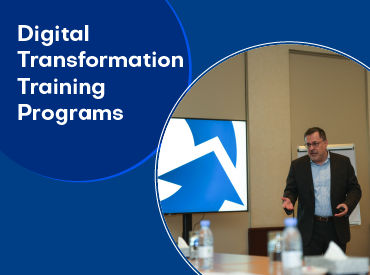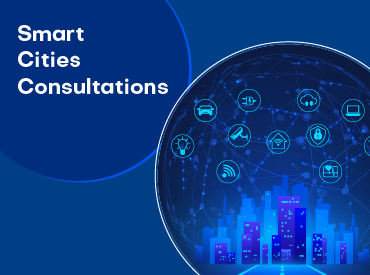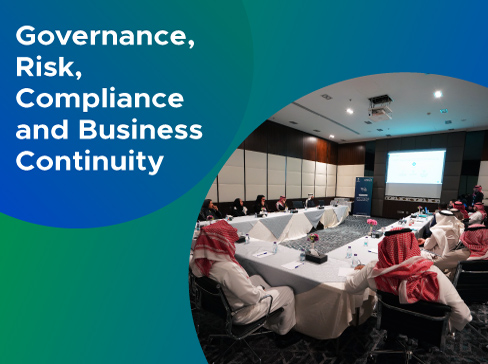The Internet has very great importance in the business world in providing a huge amount of information and a high speed in searching for information as well.
Artificial Intelligence is one of the most important fields that will lead to a complete change in the structure of the business world since it is based on developing systems and devices that have a high ability to simulate human intelligence, analyze huge amounts of data, and use superior thinking techniques.
Many companies have adopted Artificial Intelligence strategies to make products and services smarter, better business decisions, and dramatically improve business and business processes. AI has the power to change almost everything. The companies that do not benefit from the transformative power of AI will risk being left behind and will have to bear the resulting loss.
1. Business strategy
To get the maximum benefits of AI, you must base your business strategy and strategic goals broadly. So the first step in developing any AI strategy is to review your business strategy. To ask yourself several questions such as:
- How does our business strategy fit us in the era of digital transformation?
- Is our strategy still effective in the world of smarter products and services?
- Should we change work priorities in line with the great development in the world of technology?
2. Artificial Intelligence strategies priorities
Then After identifying the recent direction of your business, you can begin to define how AI can help you get there.
First, by knowing the answers to the following question:
- What are your most important business priorities?
- What are the problems that need to be solved?
- How can artificial intelligence help you achieve your strategic goals?
Second, knowing the priorities for artificial intelligence that you define at this stage, which are your use cases. To make sure your AI strategy is focused and achievable, here are the following examples of AI priorities:
- Developing smarter products and services
- Make business operations and functions such as accounts, sales, and human resources smarter.
- Automate recurring or regular tasks to free people for more value-added activities.
- Automate manufacturing processes.
3. Adopting Artificial Intelligence in the short term priorities:
Transforming products, services, or processes that deal with the requirements of digital transformation may take a long time, including the development of the use cases you have identified. For this reason, it is imperative to make quick AI gains in no time by setting short-term AI priorities that will help you demonstrate value and gain support for larger AI projects.
To achieve this, the following questions must be answered:
- Are there any opportunities to improve processes in a fast and relatively inexpensive way?
- What smaller steps and projects can help us gather information or lay the foundation for our larger AI priorities?
You can hire specialized companies to implement and build an AI strategy in your facility.
Then, across each of the AI priorities or use cases that you identified in the steps above, you need to work on the following steps:
4. Data strategy
Artificial Intelligence needs to process massive amounts of data. Therefore, you need to review your data strategy regarding each AI use case and determine which modifications should be made to the master data.
This includes answering the following questions:
- Do you have the right type of data to achieve AI priorities?
- Do you have enough of this data?
- If you do not have the appropriate type or size of data, how will the data processing and analysis be performed?
- Do you need to prepare new data collection methods moving forward?
- How can we begin to obtain data more strategically?
5. Ethical and legal issues
You have to know that the idea of super-intelligent machines Scares people. Therefore, it is important to apply Artificial Intelligence ethically.
You should ask yourself the following questions:
- How to avoid Penetration privacy?
- Are there any negative legal implications for using AI in this way?
- What kind of consent do we need from clients/users/employees to implement the AI strategy?
- How can you ensure that AI is free from bias and discrimination?
6. Technological issues
Here you can determine the technical and infrastructure implications of the decisions you have made,
so far by answering the following questions:
- What technology is required to achieve your AI priorities?
- Do you already have the right technology?
- What systems do you need to build?
7. Skills and abilities
You have to know that accessing AI skills is a real challenge. Therefore, this step is related to reviewing your internal skills and capabilities in the field of Artificial Intelligence and identifying the skills that you need to improve.
You should ask yourself the following questions:
- What skills are required?
- To fill these gaps, do we need to hire new talent, train existing employees, work with an external AI provider, or find a new job?
- Do you have AI awareness and involvement from leadership and other levels at work?
- What can you do to raise awareness and encourage to purchase?
8. Implementation
To get start implementation you need to think about how to turn your AI strategy into reality.
So you have to answer the following questions:
- How will implement your AI projects?
- What are the main next steps?
- Who is responsible for carrying out each action?
- What procedures or projects will need to be outsourced?
9. Change management issues
Since people are so concerned about AI, especially what it might mean for their jobs, change management is a really important part of any AI project .
so you have to answer the following questions:
- Who will be the employees and teams affected by the AI project?
- How can we communicate effectively with these people about change?
- How should the change process be managed?
- How will Artificial Intelligence change your company culture, and how will you manage that culture for change?
What does Renad Al Majd (RMG) offer facilities through AI services?
- Review the business strategy in the facility, and determine appropriate strategies for the process of introducing Artificial Intelligence technologies into it.
- Knowing the priorities of Artificial Intelligence in your facility.
- Review your data strategy in relation to each AI use case and determine which adjustments should be made to the master data.
- Ensure that you apply Artificial Intelligence in your facility ethically and legally in accordance with international standards.
- Determining the technology required to achieve Artificial Intelligence priorities in the facility.
- Transform your AI strategy into reality.
- Ensuring the performance of Artificial Intelligence technologies in the facility and their availability using modern software.
- Create a process to detect errors and automate problem-solving.
- Monitor analytics and technology data to modify infrastructure to ensure optimal performance.
- Transfer Knowledge and awareness of work teams and employees in the Artificial Intelligence system adopted at the facility.


















